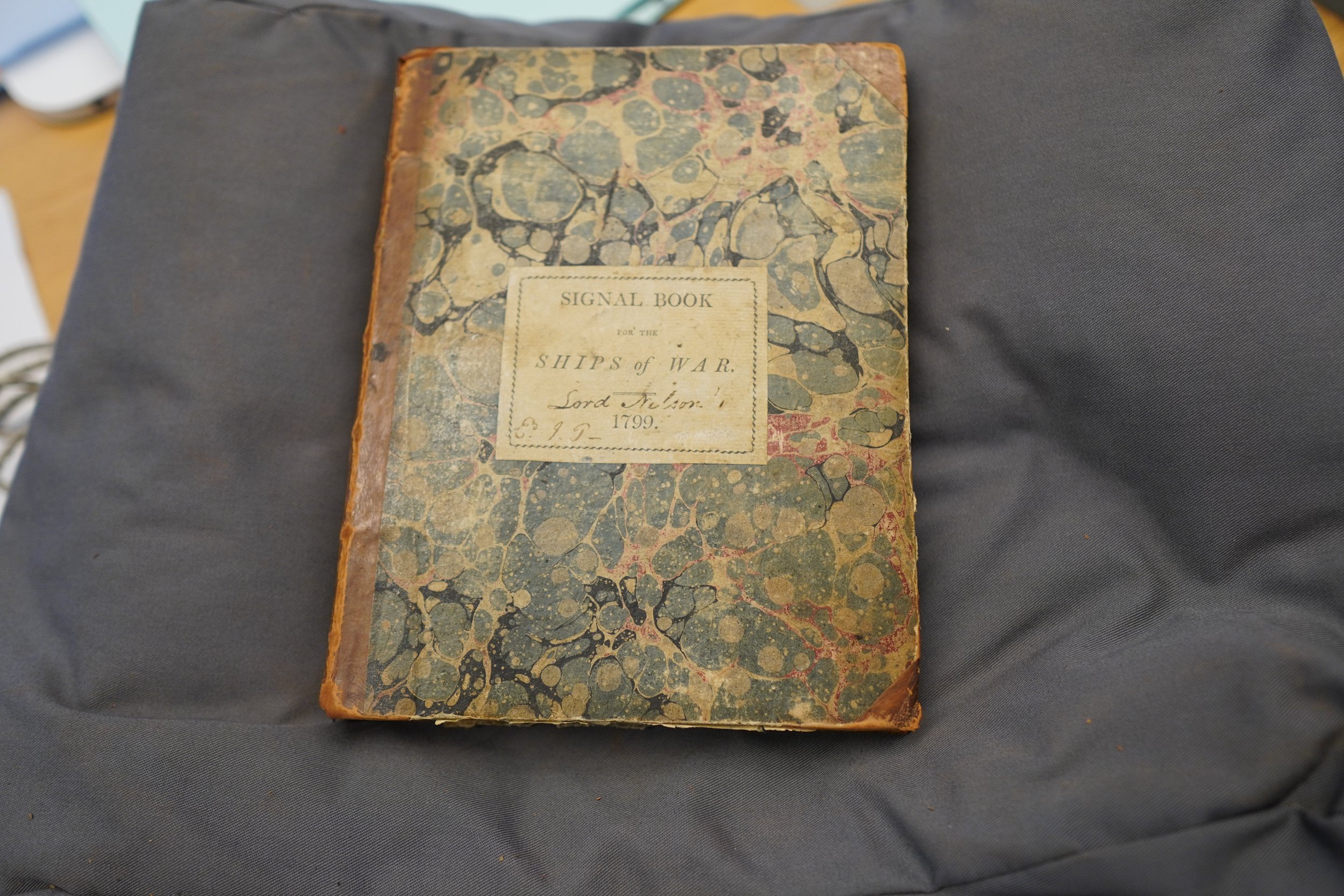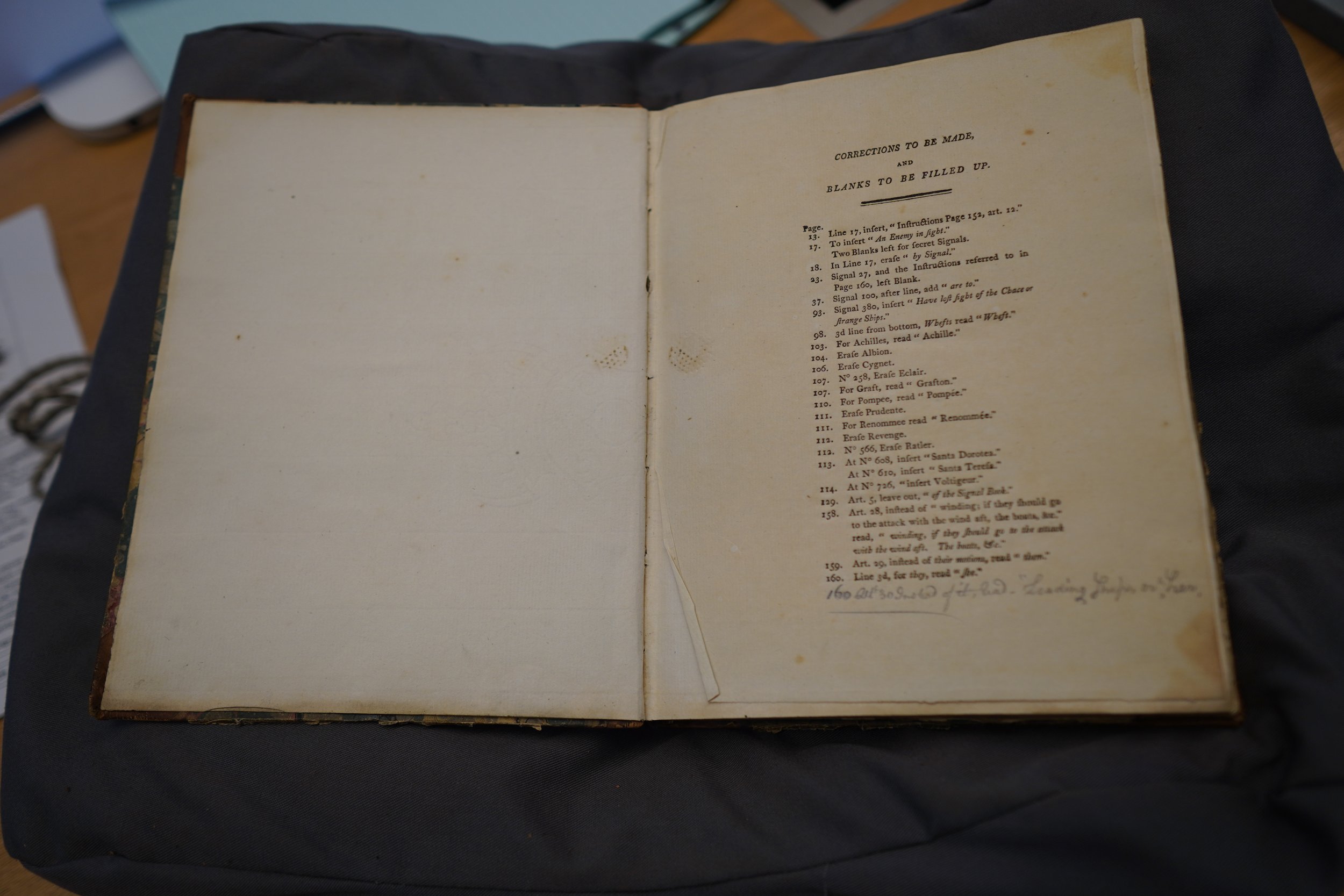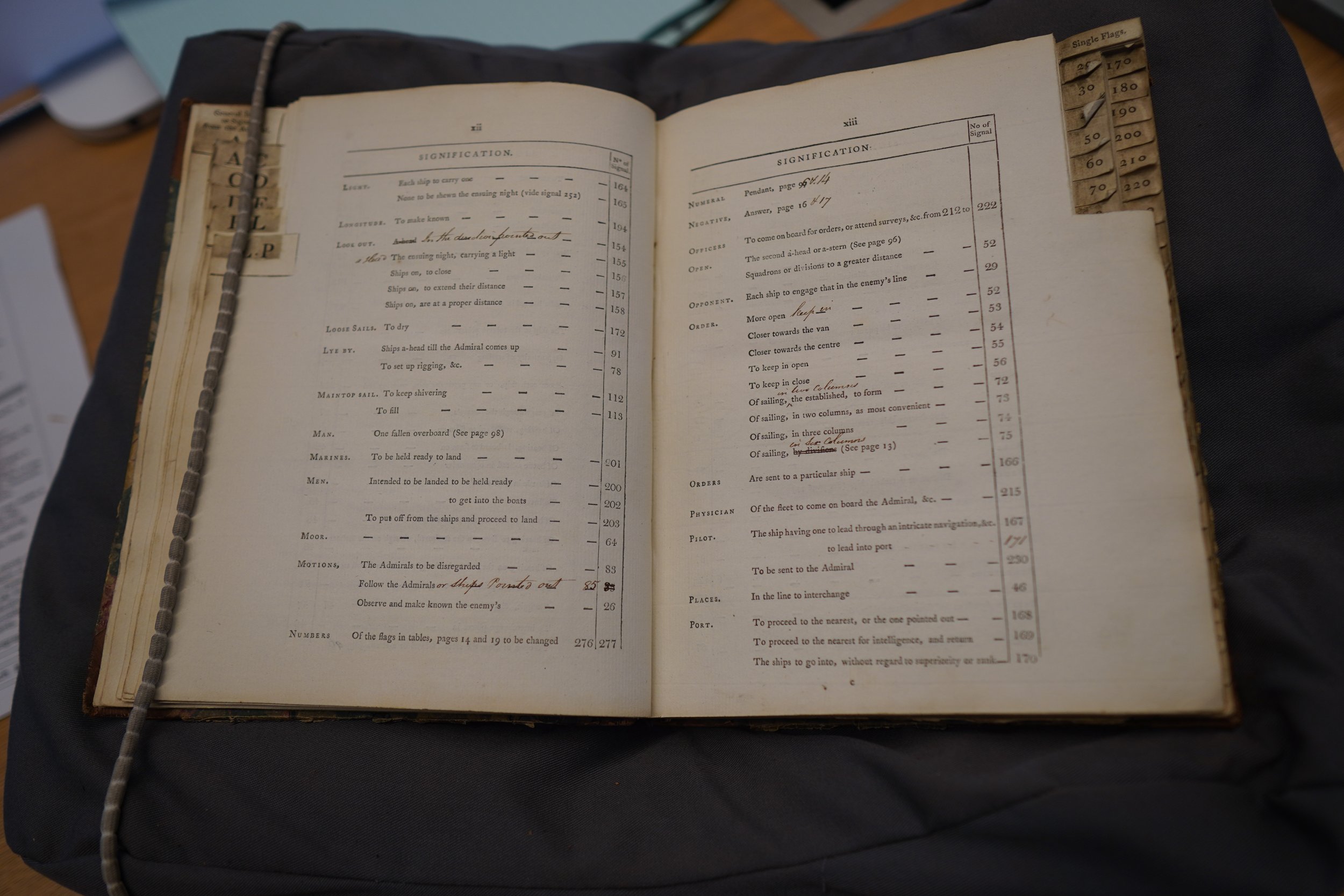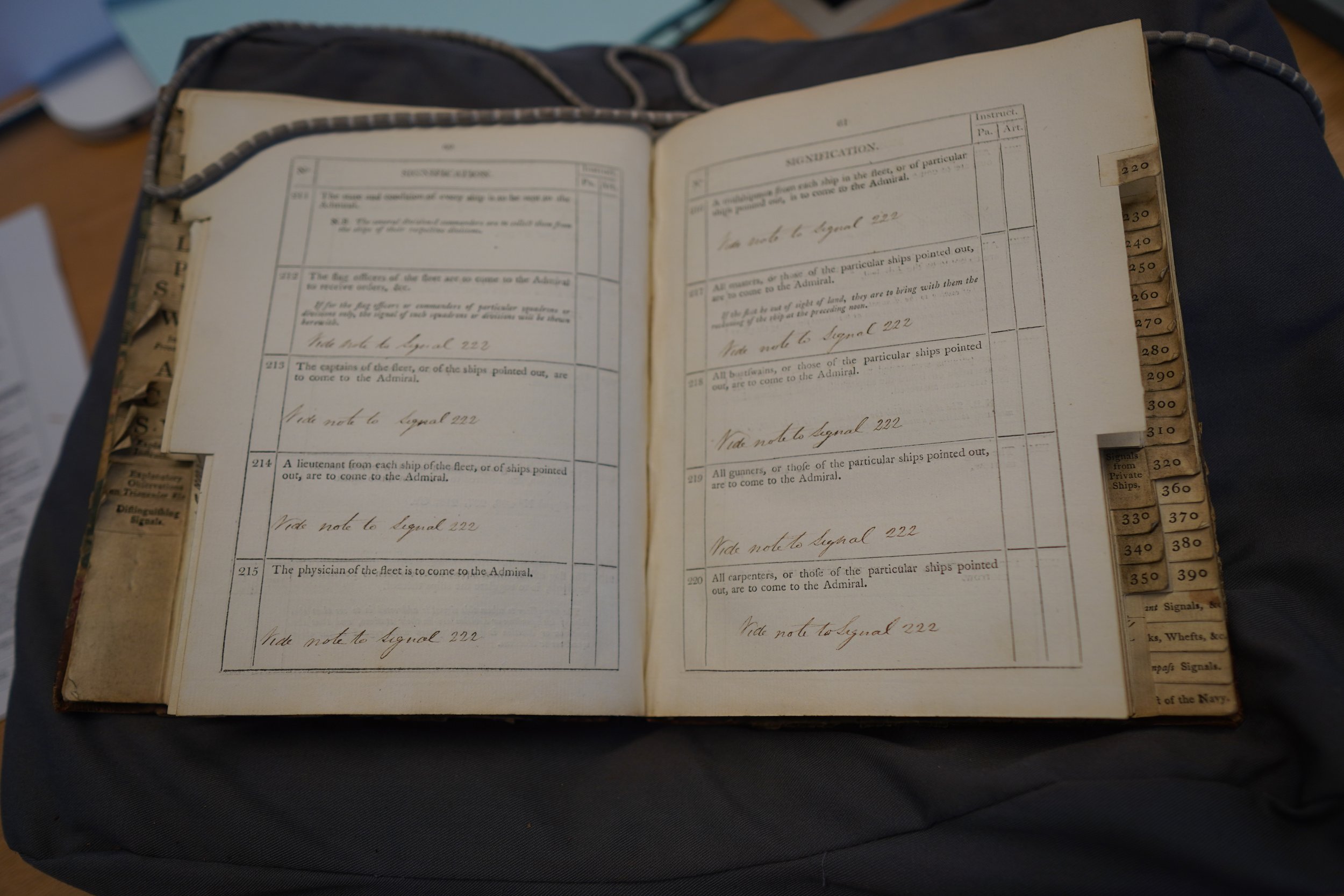“Flagship signalling”
At times, I contemplate: "Why Signals?"
My fascination with naval history spans from the grandeur of England's ancient wooden walls to the modern warships adorned in subdued pusser grey.
Discoveries During Lockdown:
Amidst the lockdown, I stumbled upon the captivating world of audiobooks. As someone who grapples with dyslexia, they provide me with a pathway into the written realm I might otherwise have shied away from.
Nautical Literature's Influence:
In the course of my audiobook explorations, the likes of CS Forester's "Hornblower" and Patrick O'Brien's "Aubrey–Maturin" introduced me to phrases like "make our number," "hoist the pennant," or "make the private signal." These utterances, shaped by the main characters' circumstances, seized my attention. They connected my other interests and my fascination with naval history and the intricate realm of signals.
Delving into Naval Signalling:
My journey into naval signalling commenced with an online version of the "Signal Book for the Ships of War 1799." This marked the inaugural effort towards a standardised set of signals that both flagship vessels and private warships could employ.




A Broad Spectrum of Signals:
Beyond the more recognisable signals, such as Signal One representing "enemy in sight," I found myself immersed in discovering over 200 other signals. This array covered a gamut of instructions, even extending to seemingly mundane tasks, like Signal 152—loose sails for drying.
Page from Signals for Ships of War 1799
Variability in Pre-1799 Signalling:
Before adopting the 1799 signal book, signals were subject to customisation. Each commanding flag officer possessed a distinct set of signals to issue orders and directives to ships under their direct command.
Efforts Towards Standardisation:
With the acceptance of the signal book, a concerted effort emerged to standardise signalling in the Royal Navy. Concurrently, Captain Popham urged the Admiralty to adopt the signals he had developed with the existing signal book.
Captain Popham's Contribution:
Popham's "Telegraphic Signals of Marine Vocabulary" encompassed approximately 3000 signs and phrases that could be hoisted. These telegraphic signals famously conveyed Nelson's "England Expects" message just before the Battle of Trafalgar. Shortly after hoisting this signal, he ordered signal 16—"Engage more closely"—from the 1799 signal book, highlighting their regular usage.
“DockYard Talk” hoisted in Popham’s Signal flags from the 1803 edition.
My Fascination:
The notion that in the 1800s, messages could be sent using hoists of coloured flags, relayed across 48 nautical miles back to the flagship within minutes through a series of signalling frigates, captivates me. Using a combination of nine distinct signal flags and a substitute, they transmitted historically significant messages, including the news that the combined fleet had set sail, leading to the Battle of Trafalgar.

